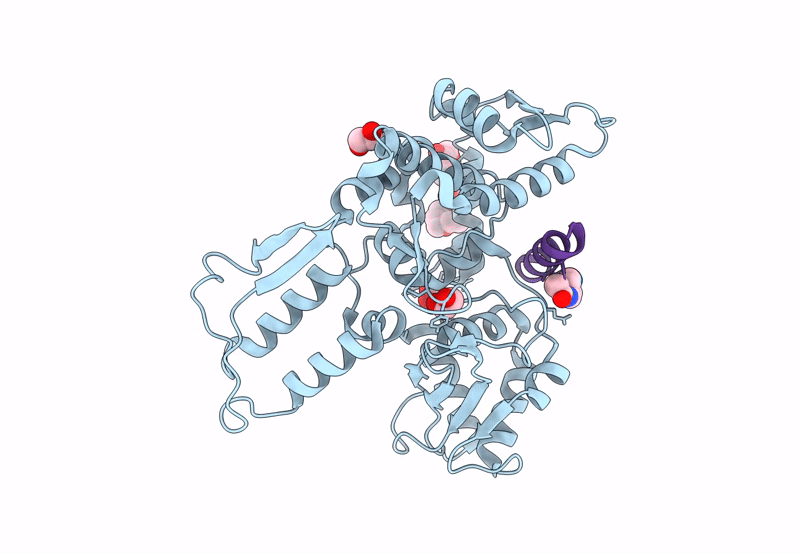
Deposition Date
2022-09-14
Release Date
2023-10-25
Last Version Date
2024-11-06
Entry Detail
PDB ID:
8EI8
Keywords:
Title:
Crystal structure of the WWP2 HECT domain in complex with H308, a Helicon Polypeptide
Biological Source:
Source Organism:
Homo sapiens (Taxon ID: 9606)
synthetic construct (Taxon ID: 32630)
synthetic construct (Taxon ID: 32630)
Host Organism:
Method Details:
Experimental Method:
Resolution:
2.90 Å
R-Value Free:
0.30
R-Value Work:
0.23
R-Value Observed:
0.23
Space Group:
C 2 2 21


